Stress Incontinence and Period Panties | 2013/2014
This was my second project at MAS Innovations and was extremely rewarding as we were able to build a completely new line of business for MAS Holdings with a brand presence in New York (and now global). The product is a reusable women’s undergarment capable of managing stress incontinence and light period flow with antimicrobial and anti-odour technologies embedded in the gusset.
We took a three-pronged approach based on the MIT Model of Innovation (Market, Implementation, and Technology) and were able to take this product to market in the US within a relatively short 12 month period. I served as the lead engineer and focused on platform and product development. The patented platform was licensed to THINX and is now sold under the SPEAX brand.
Here’s a (fairly) chronological account of how we got there with some early notes and photos. Special thanks to Achala Satharasinghe for answering every stupid question I had re. material science and for all the great advice and assistance back in 2013/2014!
Stress urinary incontinence is the involuntary leakage of urine when pressure is exerted on the bladder by coughing, sneezing, laughing, exercising, or lifting something heavy. It is caused by the weakening of the pelvic floor (a group of muscles at the base of the pelvis) due to pregnancy, childbirth, and menopause and, in some cases, genetic factors. If Kegel exercises are carried out before pregnancy, during pregnancy and after pregnancy, the probability of suffering from SUI would reduce drastically.
 Figure 1 - A photo of some of the disposable products available to women
Figure 1 - A photo of some of the disposable products available to women
We were privileged to be able to work with a group of alpha consumers. We spent quite a bit of time with them, understanding their needs, particularly the unmet needs. Over a 2–3 month period we were able to generate 11 different product concepts that could potentially meet these needs and ranged from managing stress UI to overcoming it. The concepts ranged from a reusable panty capable of managing SUI to a panty with carbon-doped medical-grade silicone electrodes in the leg seam capable of sensing muscle activity in the pelvic floor and providing feedback.
We took these concepts and put them through a number of proprietary decision-making filters that included such factors as technology readiness level, unit economics, and speed to market. The lead concept that we would convert to an MVP was the “reusable SUI management panty”.
 Figure 2 - Some early sketches by Cheynelle Mendis based on feedback provided by me (I’m not a fashion designer!)
Figure 2 - Some early sketches by Cheynelle Mendis based on feedback provided by me (I’m not a fashion designer!)
I used a number of methodologies like TRIZ and functional modeling to break down the need statements into technical jobs to be done. These technical jobs were then converted into a full-fledged functional model with points of interaction between each component and function.
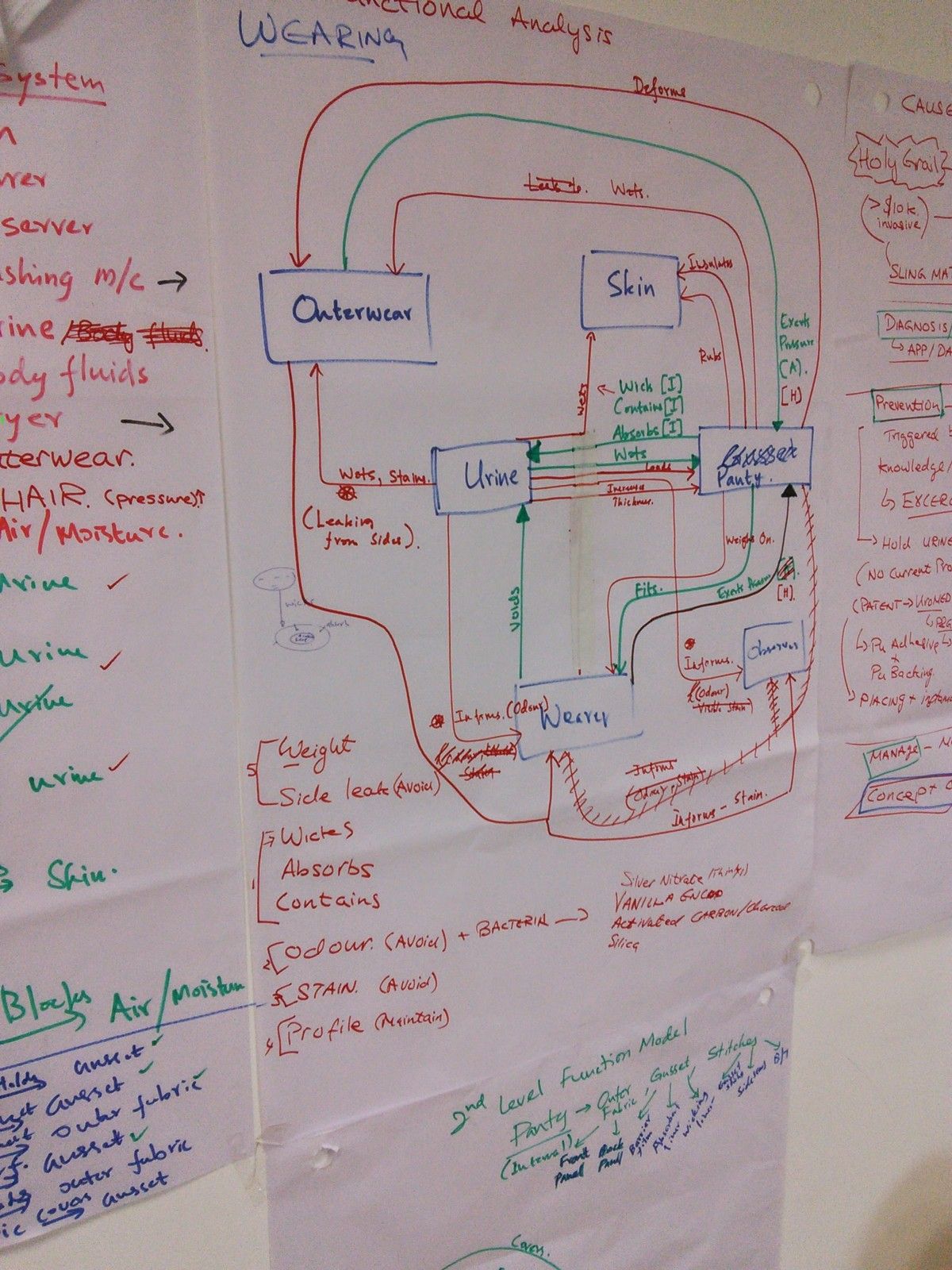 Figure 3- An early functional modeling exercise
Figure 3- An early functional modeling exercise
I spent the next few months researching the appropriate technologies that would address the unmet needs discovered during the alpha consumer research phase. This involved reaching out to advanced material research laboratories and related supply chains. Key features of our platform and product included reusability and a mechanism to limit/reduce odour via the management of microbial activity.
Once the composite was developed, we moved onto extensive testing, both at the lab and with users. After considerable effort involving testing with urine, urine substitutes, urine of users that head eaten asparagus and a testing routine that involved blood, we had narrowed on a solution.
It took eleven rounds of prototyping with a number of test-iterate-refine cycles to get to the state we wanted to be.
Here’s a quick gallery of all the fun we had during this process.
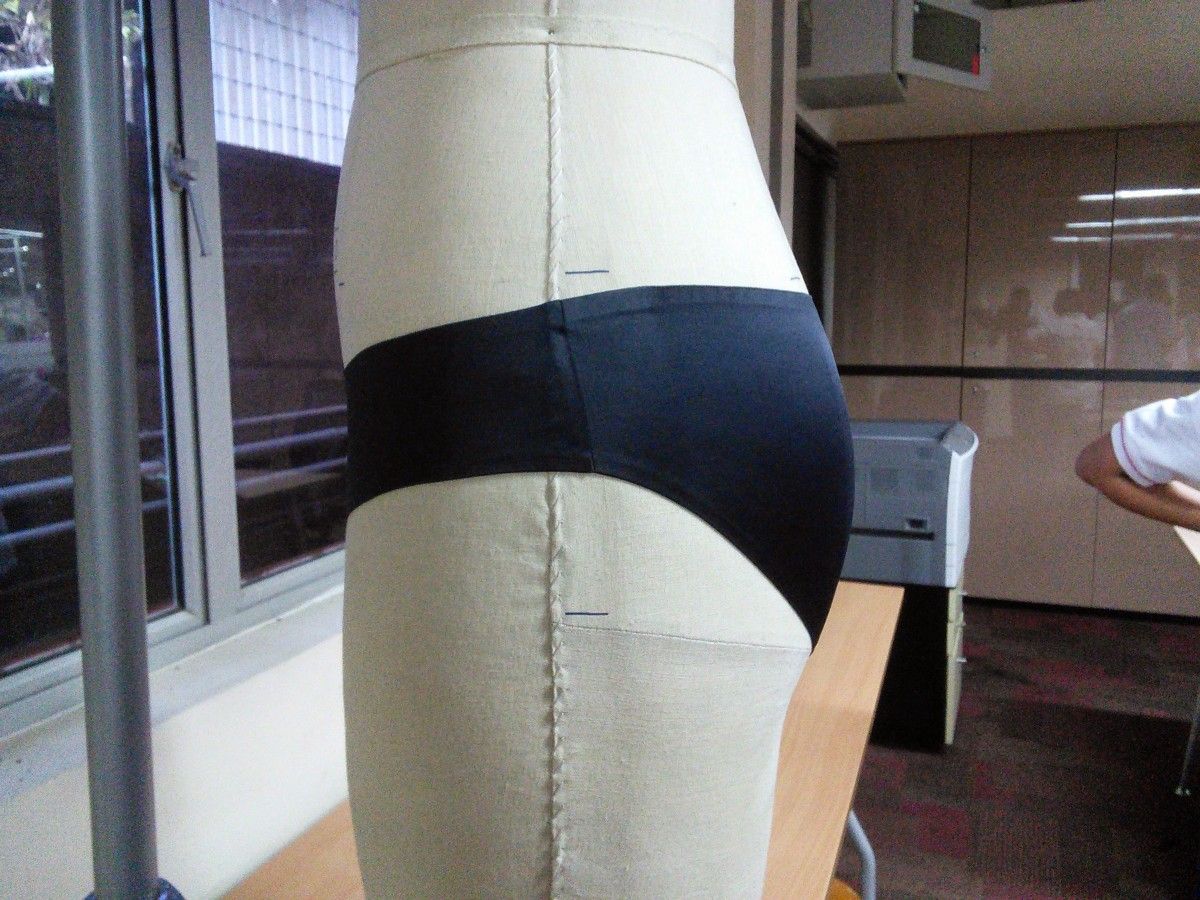 Figure 4 - The first MFP!
Figure 4 - The first MFP!
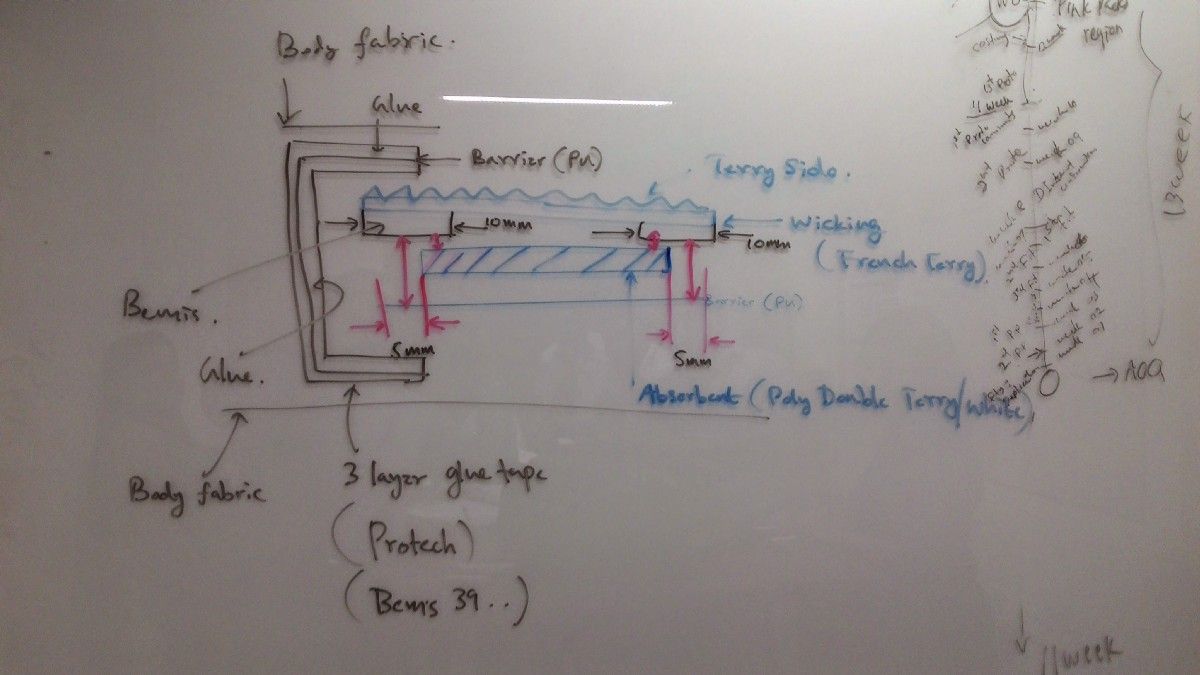 Figure 5 - Structural design of the composite
Figure 5 - Structural design of the composite
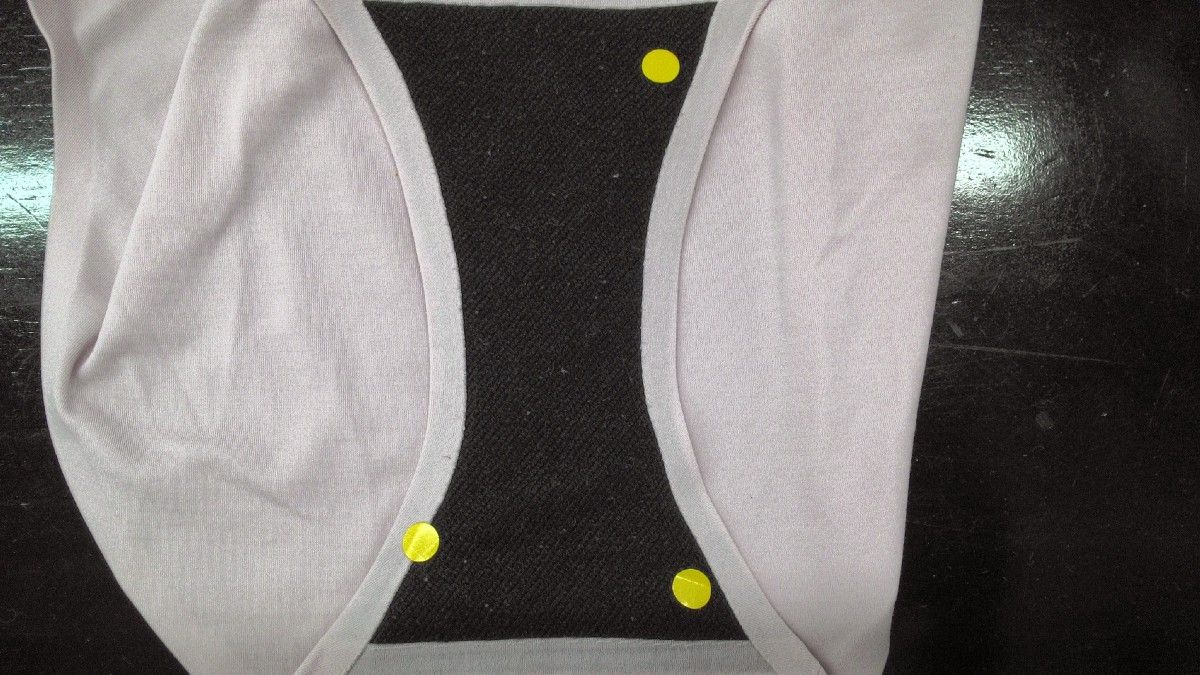 Figure 6 - Testing! the yellow stickers indicate deviations/failures (chemical, material or structural)
Figure 6 - Testing! the yellow stickers indicate deviations/failures (chemical, material or structural)
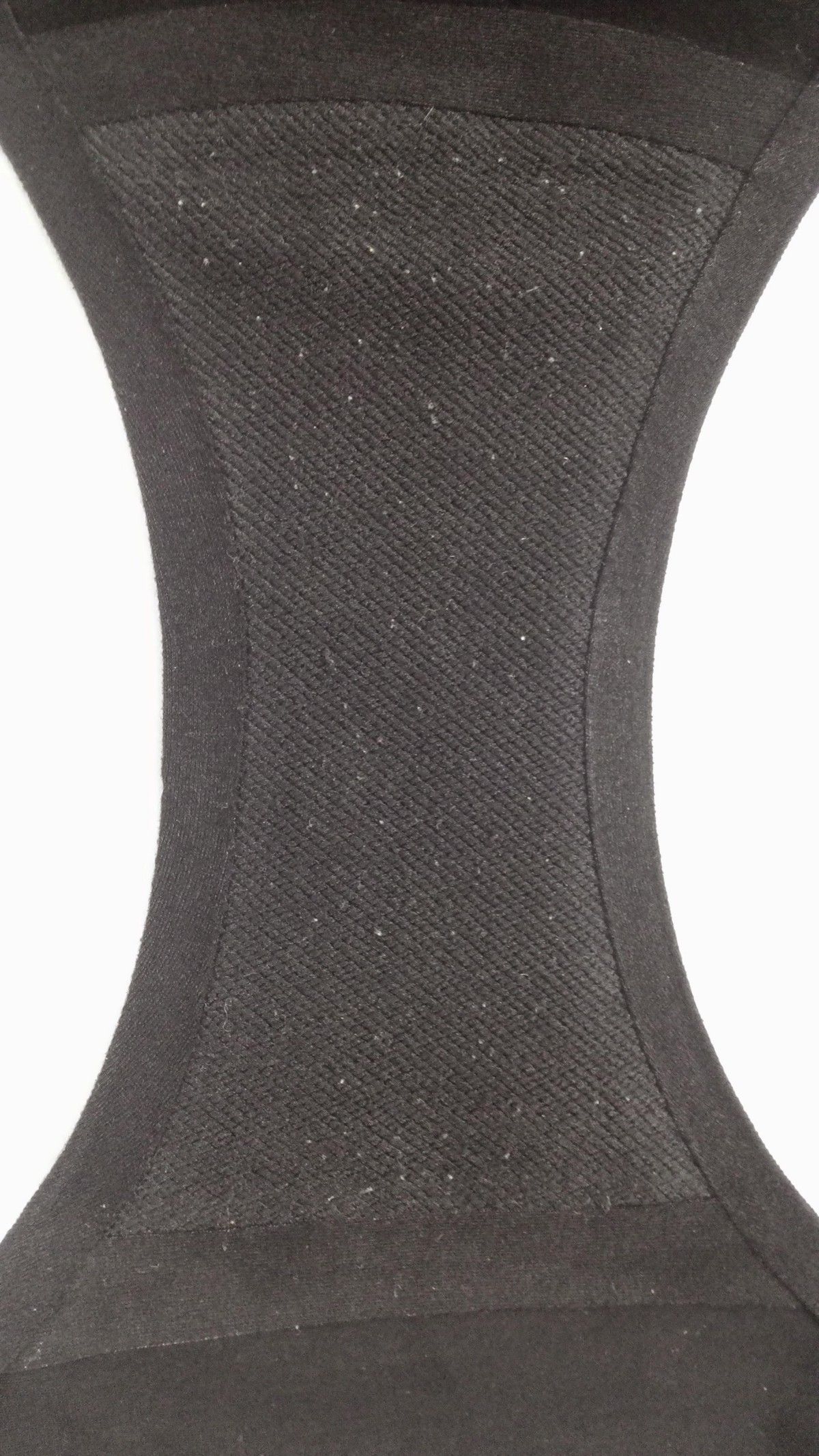 Figure 7- Looking good!
Figure 7- Looking good!
So that’s a quick trip down memory lane on how we built a special composite material and panties capable of managing stress urinary incontinence (and some period blood) and took it to market. With the patent, we included provisions to add more layers to the composite, including sensing and feedback layers which were part of the product roadmap. The goal was to move from passive material tech to more active sensing.
The final product can, of course, be purchased here.
Active Lighting Apparel for Runners | 2013
Note: due to the commercially sensitive nature of this project, key details have been intentionally omitted due to disclosure obligations
Night time activities in low light or no light conditions require the use of safety wear that protect the wearer at a physical and psychological level. Runners and cyclists that only use passive technologies such as reflective tape are particularly vulnerable as the reflective tape requires external light sources to function. Enhanced visibility is particularly important in the context of driver stopping distances and pedestrian and cyclist safety.
The goal of this project was to design and develop a reasonably flexible (from an apparel design perspective) wearable technology platform capable of enhancing visibility in low light or no light conditions without having to rely on reflection and scattering from an external light source.
The key technical specifications for the platform were developed in conjunction with research input from Queensland University of Technology and Professor Joanne Wood and Dr Philippe Lacherez from the School of Optometry and Vision Science, Institute of Health and Biomedical Innovation. Once the specifications were developed and the problem defined, a patent and technology ecosystem search was initiated in order to acquire and test solutions that could best address the problem definition.
Multiple technology platforms were assessed based on an internally developed testing protocol and benchmarking scheme which took into account design for manufacturing (DFM) and technology readiness levels(TRL). It became clear that technologies such as electroluminescent wires and displays powered by AC currents, while producing sufficient spectral power in the regions of the EM spectrum that would provide a good measure of visibility at night, were not suitable from a DFM and TRL perspective. Furthermore for optimum mesopic conditions, it was required that we should generate at least a basic broadband spectrum between 450 and 600 nm.
Given these constraints it became clear that a novel solution would have to be developed and that it would likely be a solid state solution working in conjunction with traditional reflective tape. Holst Centre in the Netherlands, an open innovation partner of MAS Innovation was chosen as a suitable candidate to develop and tune a flexible and washable LED based solution capable of addressing the problem outlined above, with the particular focus on producing the required wavelength.
This solution was developed rapidly where MAS Innovation played the role of the manufacturing and commercialization partner. Access to the platform and related intellectual property was provided to key brand partners via a B2B licensing model. Subsequently, the platform was used to create a direct to consumer (B2C) brand called Illumio owned by MAS Holdings, the parent company of MAS Innovation.
Synchronized Medical Image Viewer for Remote Consultation | 2012
Surgical planning requires that a radiologist and surgeon consult with each other regarding the procedure to be performed. This is an intensive task and typically would involve a meeting with numerous stakeholders. Developed and developing countries alike face a shortage of trained radiologists which leads to logistical problems when meetings of this nature are staged. At the time of this project (2011) Sri Lanka had a severe shortage of radiologists which led to numerous delays and patient discomfort during the surgical planning phase for major surgeries.
The primary goal of the project was to develop a software platform that would enable a radiologist and a surgeon to collaborate, annotate and edit the same medical scan over a low bandwidth network (either local or over the internet) while being based in disparate physical locations.
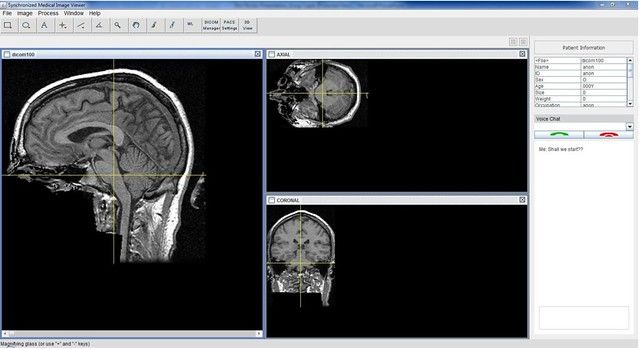
Speed and accuracy were of paramount importance. Several techniques to achieve synchronization were considered, namely naive/GUI event capture approach, image delta approach and the command capture approach. The system had to render the changes made on either terminal in real time without compromising on accuracy or the quality of the information presented. Achieving synchronization via capturing high level commands at run time ensures that these constraints are met and thus the other approaches were eliminated. Using the command capture approach also ensures that the system is resolution invariant.
The viewer is based on ImageJ, an open source software project with a twenty five year development history, developed by the National Institutes of Health (NIH) - United States. Routinely used by radiologists and surgeons, ImageJ was able to meet the demands and requests laid down in the scope of this project and the consumer/primary data gathered by interviewing surgeons and radiologists. The system was designed such that it could function on low bandwidth networks and over firewalls with provisions for NAT traversal.

A Picture Archiving and Communication Server (PACS) was also integrated into the system and allows both parties to log into the image database and download the scans relevant to the collaborative session and save the images locally. Once the images have been downloaded the collaborative session can commence provided the surgeon and radiologist are authenticated by the system. A number of routinely used image analysis tools are at the disposal of both parties and the process is facilitated by the added functionality of voice and text chat.
Since no information regarding the image delta is transmitted between terminals there is no loss of image information unlike when using remote desktop sharing software where images are compressed prior to transmission.
The system was able to outperform popular remote desktop sharing software in terms of speed and accuracy. Based on initial user demonstrations and testing carried out by radiologists and surgeons suitable course corrections were made on the design front such as enabling users to work according to their natural rhythm for certain important tools and extending and heavily modifying the SDI interface of ImageJ to an MDI interface capable of rendering multiple images side by side. This enables quick comparison of image slices.
While the primary function of this tool was to provide a collaborative space for Computer Assisted Planning and Surgery (CAS), the utility of the system is high and can be used as a consulting tool during private practice and as a teaching tool for medical professionals and medical students.
The platform was developed using Java on NetBeans and used libraries and components from ImageJ to process DICOM and other image standards.
The work was published in The 15th International Conference on Biomedical Engineering, (4th to 7th December 2013, Singapore) and the paper can be accessed here, via Springer.
For the source code and collaboration please contact The University of Moratuwa, Sri Lanka.
Wireless Sensor Network for Air Quality Monitoring | 2009
Wireless sensor networks have become increasingly popular in the context of environmental monitoring. The goal of this project was to develop a low cost minimum functional prototype sensor network with communications radio, CO2 sensor, temperature sensor and humidity sensors. The platform was to be used for indoor air quality monitoring and the data was to be mined for insights once transmitted to a lab server and database.
Multiple hardware options were considered including PIC micro-controller based systems to commercial platforms like Libelium. The rapid development cycle and other engineering constraints dictated that an Arduino based micro-controller was the best controller choice for this project.
For the communication stack, the ZigBee protocol emerged as the clear choice. Compatible 60mW XBee radios were used in conjunction with an Arduino XBee shield and the controller.
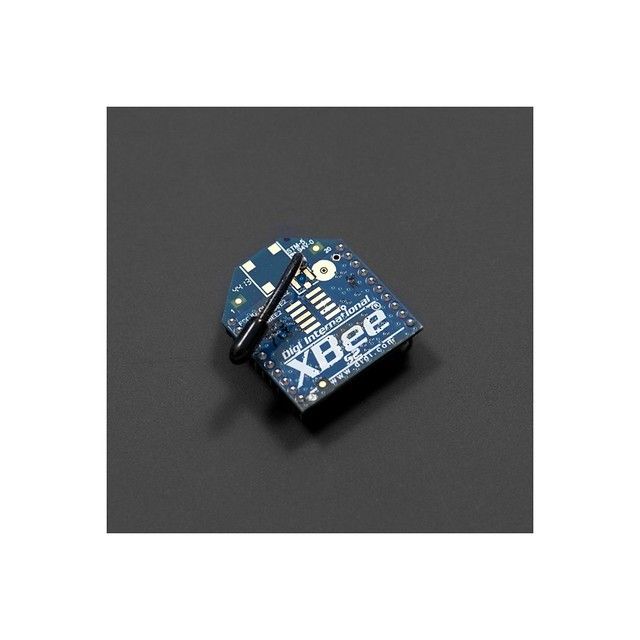
The XBee radios were configured using XCTU with the Rx and Tx pins interfaced with the equivalent pins of the controller board.
The CO2 sensor, temperature sensor and humidity sensor were off the shelf products.
Bill of materials:
A critical stage of this project was the calibration and testing of the sensors and ensuring that the CO2 sensor in particular was providing accurate ppm readings.
The project was funded by The Dialog Mobile Communications Research Lab and was completed as a fulfillment of a special internship program.